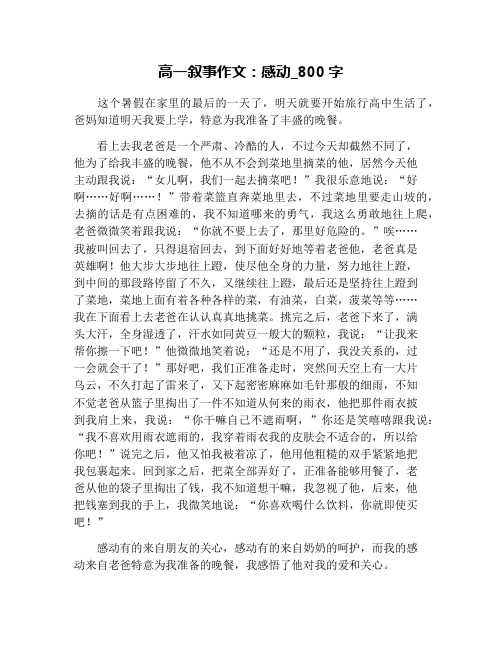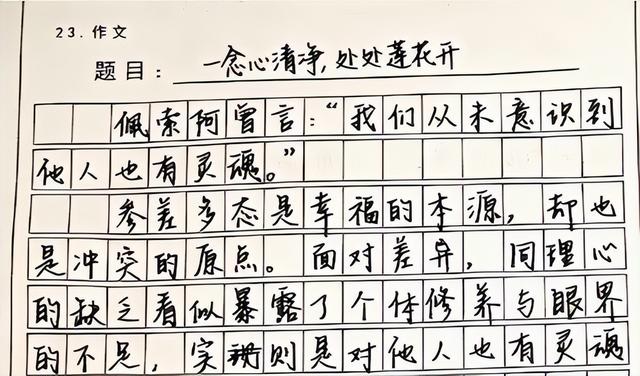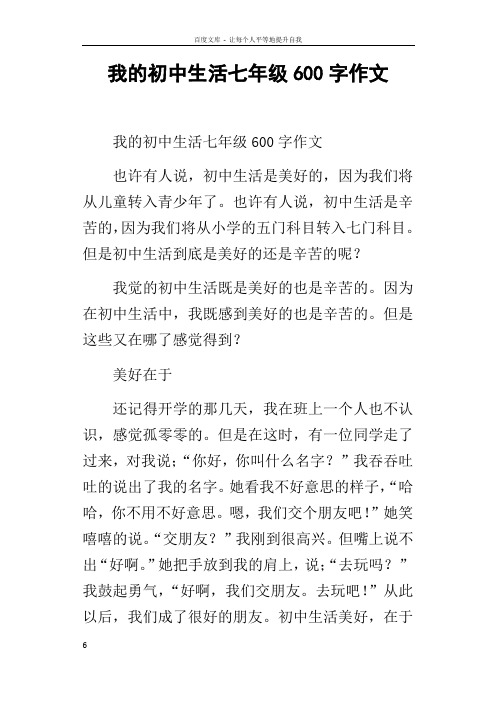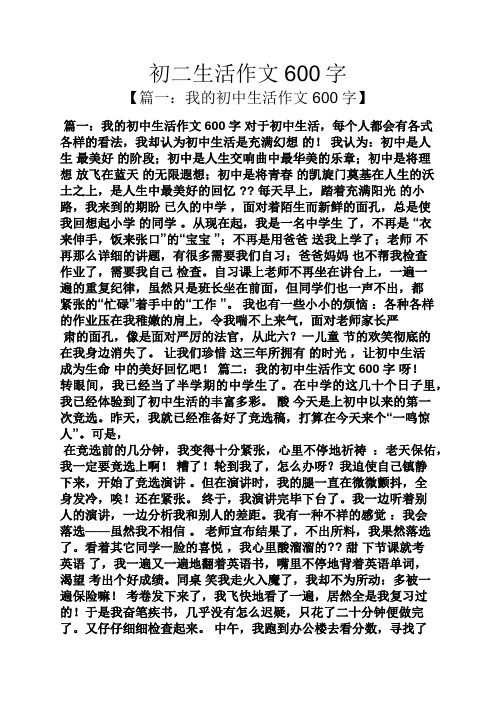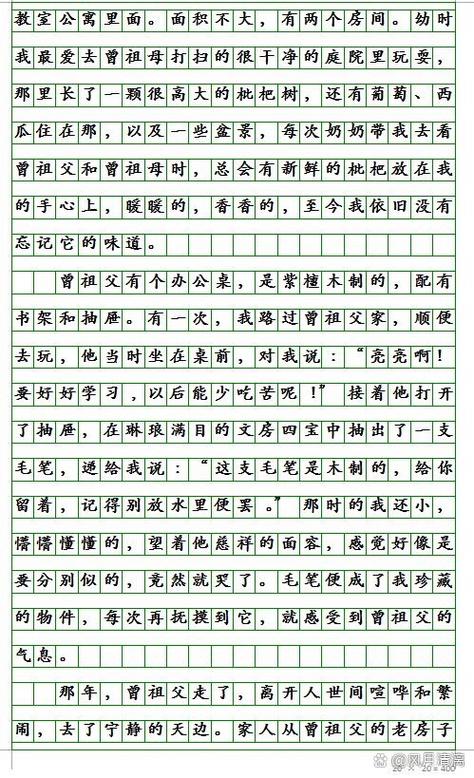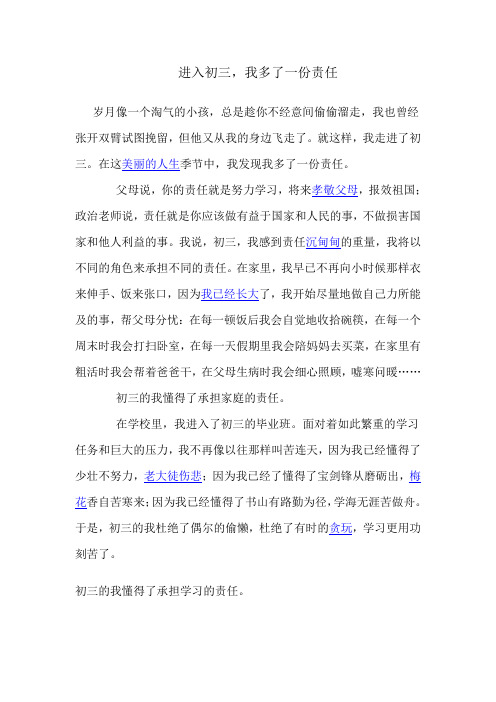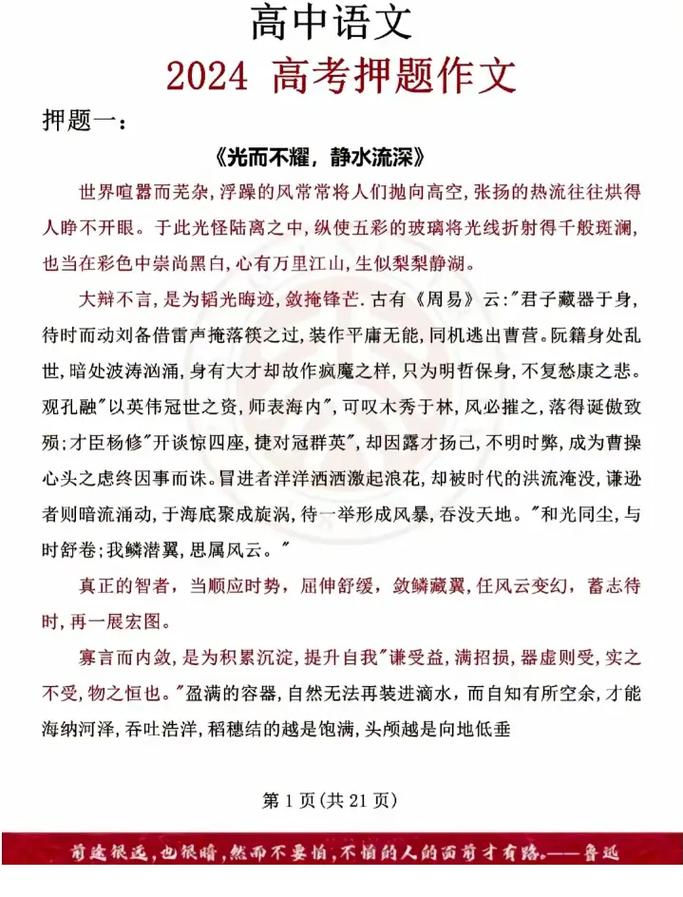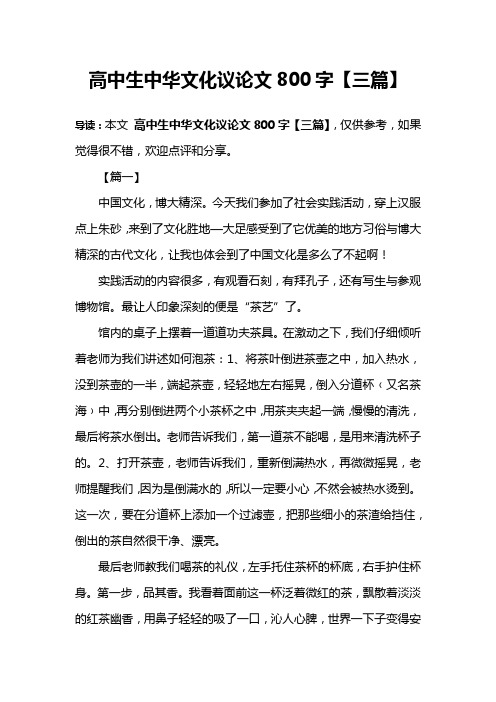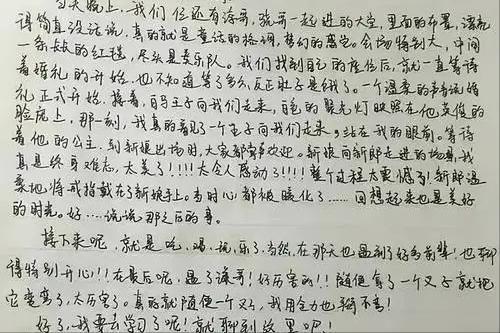西游记英语作文带翻译("西游记英文作文及翻译")
推荐阅读》
The Legendary Journey:Journey to the West

"Journey to the West," a timeless classic in Chinese literature, is not merely a story but an epic of adventure, perseverance, and spiritual growth. Written by Wu Cheng'en in the 16th century during the Ming Dynasty, this masterpiece has transcended time and cultural boundaries, captivating readers worldwide with its enchanting tale of a pilgrimage to retrieve sacred Buddhist scriptures.
The Precious Trio and Their Noble Mentor
At the heart of this grand narrative lies Tang Sanzang, also known as Tripitaka, a devout monk on a divine mission bestowed upon him by Emperor Taizong of Tang. Accompanied by his three exceptional disciples—Sun Wukong, the mischievous yet resourceful Monkey King; Zhu Bajie, the comical and gluttonous Pigsy; and Sha Wujing, the steadfast and loyal Sandy—Tang Sanzang embarks on a perilous journey to India, facing countless trials and tribulations along the way.
These disciples are not just protectors; they symbolize different facets of human nature—intelligence, desire, and discipline, respectively. Sun Wukong's unwavering loyalty and unparalleled martial prowess often save the day, while Zhu Bajie's humor adds levity amidst the danger. Sha Wujing's quiet strength and determination serve as a reminder of the value of persistence. Together, they form an unlikely family bound by a common purpose, their bond deepening through shared adversities.
Confronting Evil and Inner Demons
The journey westward is fraught with supernatural challenges, from battling fearsome demons and spirits to navigating treacherous landscapes. Each obstacle becomes an allegory for the inner demons and moral dilemmas that humans face, testing the characters' resolve and faith. Through these encounters, the disciples learn the virtues of courage, wisdom, empathy, and self-control, embodying the principles of Buddhism and Taoism that underpin the narrative.
For instance, the episode in the Bottomless Cave (Wuying She) where they confront a female mouse spirit highlights the complexity of good and evil. The monster, once a heavenly being, turned to malevolence after being punished. This encounter prompts reflection on redemption, forgiveness, and the consequences of one's actions.
A Journey of Self-Transformation
Beyond the surface-level adventure, "Journey to the West" delves into profound themes of spiritual evolution and self-realization. Each character undergoes significant transformation throughout the journey, mirroring the process of personal growth and enlightenment. Tang Sanzang starts as a somewhat naive and scholarly figure, gradually developing into a wiser and more resilient leader. His disciples, too, evolve from being driven by personal gain or instinct to embracing a higher calling.
Sun Wukong's journey is particularly poignant. Imprisoned under a mountain for defying heaven, he finds purpose in serving Tang Sanzang, ultimately achieving enlightenment and salvation. His transformation symbolizes the potential for redemption and the power of commitment to a noble cause.
Cultural Significance and Global Appeal
"Journey to the West" is more than a literary work; it is a cultural phenomenon that has left an indelible mark on Chinese society and beyond. Its themes resonate universally, exploring fundamental human experiences such as struggle, friendship, and the pursuit of truth. The novel's vivid characterization, rich symbolism, and philosophical depth continue to inspire adaptations in various art forms, including opera, film, and animation, making it accessible to new generations.
Moreover, its translation into English and other languages has allowed non-Chinese readers to appreciate the depth of Chinese culture and philosophy. By presenting complex ideas through engaging storytelling, "Journey to the West" bridges cultures and fosters understanding, reminding us of our shared humanity and the timeless quest for meaning and spiritual fulfillment.

In conclusion, "Journey to the West" remains a testament to the enduring power of storytelling to convey profound truths about life, morality, and the human condition. It stands as a beacon of Chinese literary heritage, inviting us all to embark on a journey of self-discovery and enlightenment, both within and beyond its fantastical realms.
文章大纲:1.引言:介绍《西游记》作为中国文学经典的地位及作者、创作背景。
2.主要角色:描述唐僧师徒四人的性格特点及他们在故事中的象征意义。
3.故事情节:概述取经路上的主要挑战和冒险,以及这些经历对角色成长的影响。
4.主题探讨:分析小说中修行与自我超越的主题,强调其在个人修养和社会价值观方面的启示。
5.文化影响与全球共鸣:《西游记》在中国及世界范围内的影响力,包括其跨文化的吸引力和传播方式。
6.结论:总结《西游记》作为文学瑰宝的价值,强调其在当代社会的意义和启发。
本文系作者个人观点,不代表本站立场,转载请注明出处!


